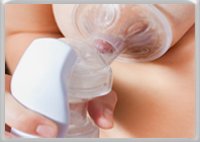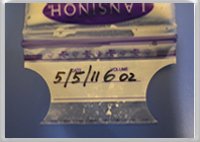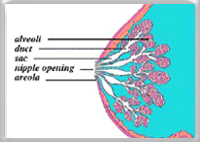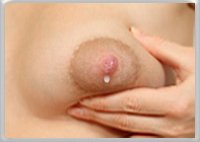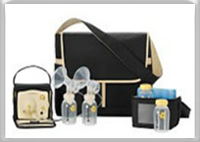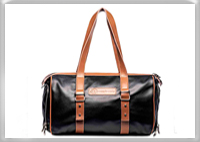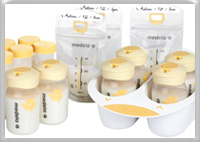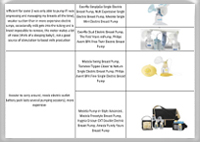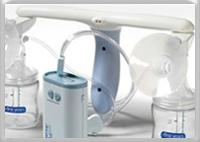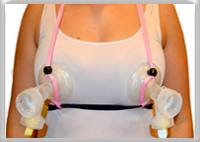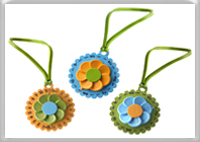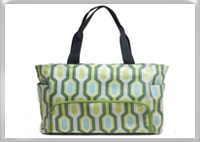Pumping Reasons - Pumping with Rhyme and Reason
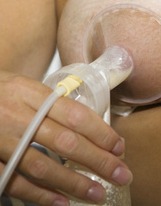
Pumping reasons vary woman to woman. Some have no other choice of delivering breast milk to their babies, others choose pumping over breastfeeding due to personal convictions and beliefs.
Many nursing mothers never have to turn to
the help of a breast pump. But if you see yourself in any of the following situations, you'll have to master the art of breast pumping and hand expression. Here is a list of scenarios:
- softening your breasts during the first week after the delivery
- returning to work
- feeling uncomfortable having your baby suck on your breast
- experiencing engorgement, clogged milk ducts, mastitis, or abscess (for more information on breastfeeding issues, visit Breastfeeding Problems section)
- having a premature or a late-preterm baby who is experiencing difficulty latching on and effectively breastfeeding
- having a baby with a birth defect of lip, tongue or palate (tongue-tied, or cleft lip and palate) , which makes it difficult to latch on and nurse
- having a baby with developmental problems, which makes breastfeeding difficult
- being separated from your baby due to your or the baby’s health condition
- having low milk supply
- experiencing an oversupply and pumping to ease breast fullness to help your baby latch on
- trying to correct your flat or inverted nipples
- trying to re-lactate (re-start milk supply after stopping) or induce lactation (for a non-biological baby)
Lactation will take some time to stabilize. During this time your breasts may become uncomfortably full, hard and lumpy. Hand expression is most helpful during this time.
It is one of the most common pumping reasons. Pump to continue providing your baby with your breast milk. This is the best alternative to nursing.
Pump and let your baby enjoy breast milk.
Do not stop pumping. Emptying of the breasts is the key to recovery.
Pump to provide your baby with your milk and keep up your milk supply.
Pump and give your baby your breast milk.
Breast milk combined with lots of skin-to-skin contact gives babies so much needed re-assurance, comfort, and feeling attached.
Your baby is in need of the immunological qualities of the breast milk. He/she also needs this easily digestible food.
Pump after every feeding to give your body a signal to produce more. Pumping both breasts simultaneously increases prolactin level and promotes faster milk production.
Pump shortly right before the feeding to push your nipples out.
If for any reason you or your baby is unable to nurse, pumping or hand expressing your breast milk and then giving it to your baby is THE best alternative. If you manage to keep up your supply while doing that, both of you will be able to enjoy the benefits of breastfeeding for a long time.
Home › Breast Pumping › Pumping Reasons
